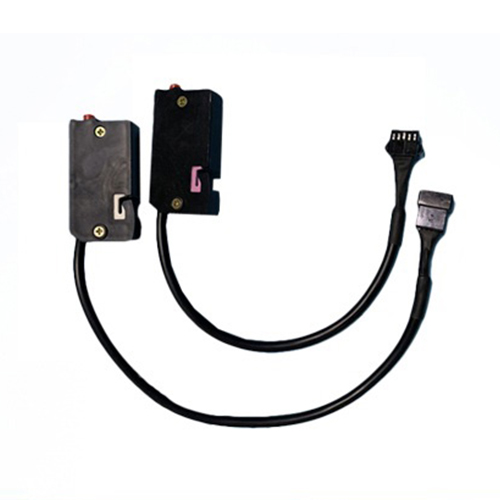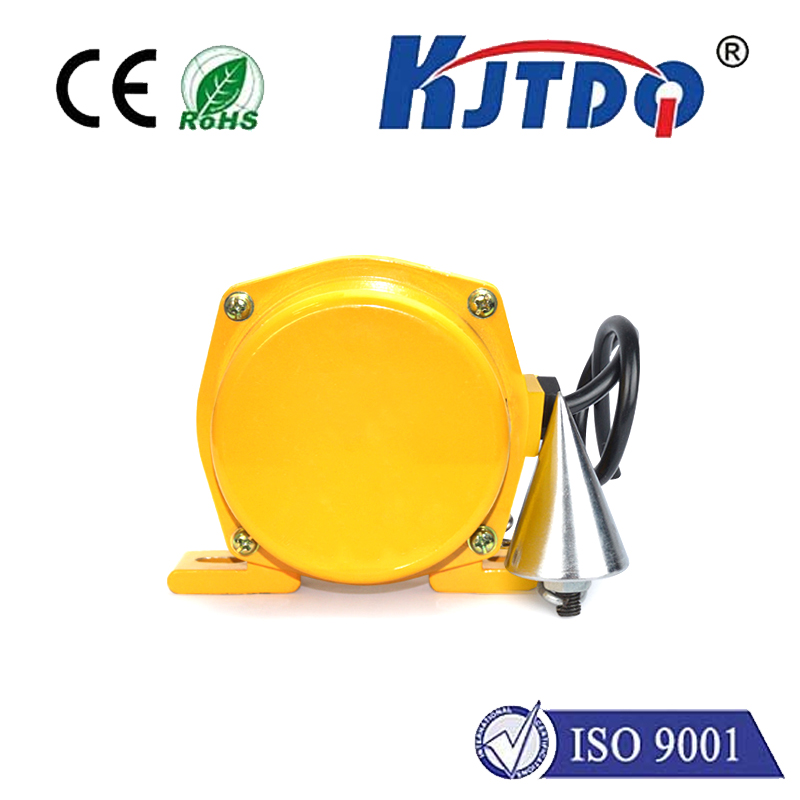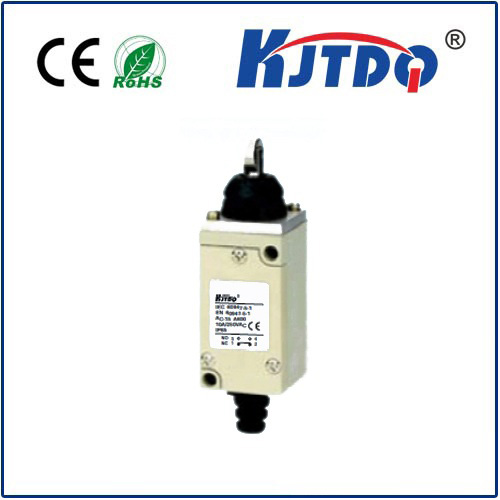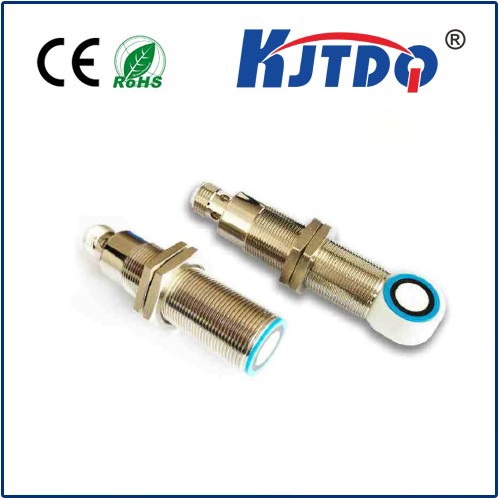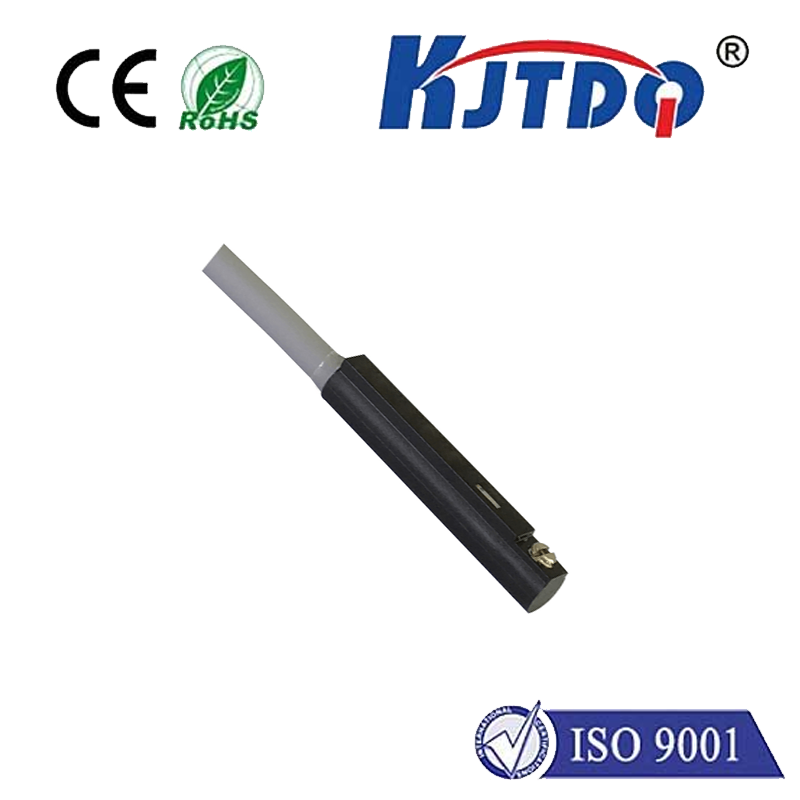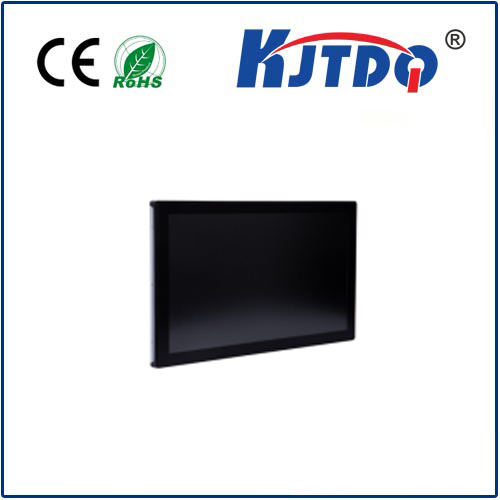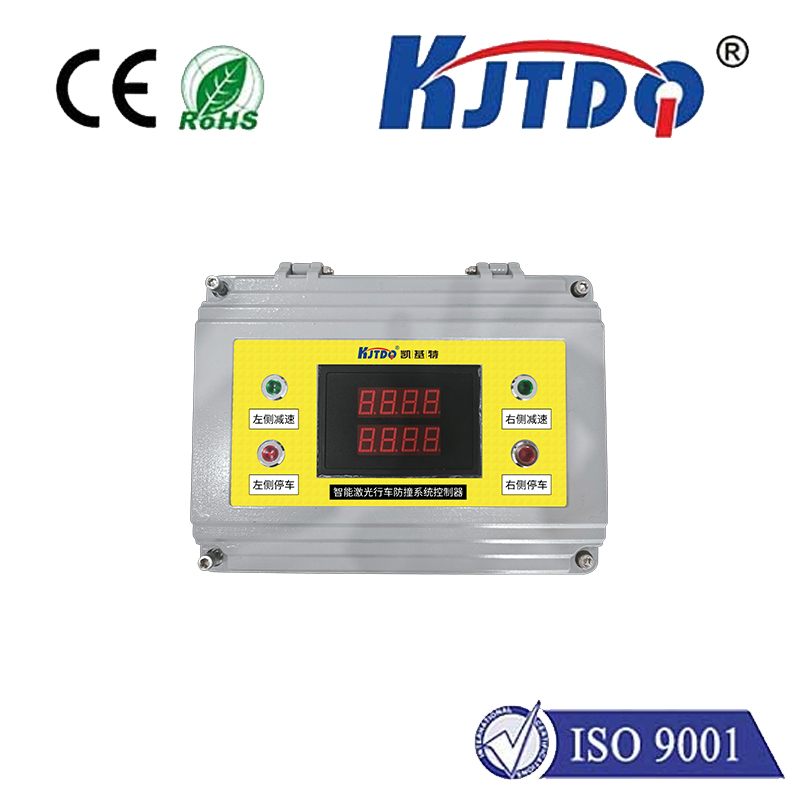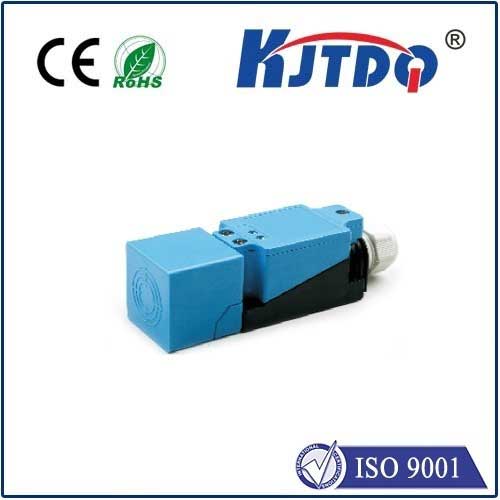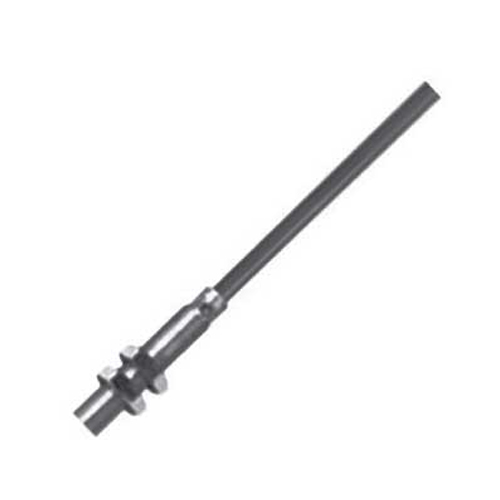proximity sensor 35 mm 12v
- time:2025-09-08 01:45:34
- Нажмите:0
The Unsung Hero of Automation: Why the 35mm 12V Proximity Sensor is an Industry Workhorse
In the relentless hum of modern production lines, amidst the complex choreography of robots and conveyors, silent sentinels stand guard. These unassuming devices, particularly the indispensable 35mm 12V cylindrical proximity sensor, are fundamental to the precision, safety, and efficiency we take for granted. Forget intricate vision systems for a moment; this sensor represents reliable, rugged detection at its most essential. If you’re designing, maintaining, or upgrading automated systems, understanding the power and versatility of this specific sensor configuration isn’t just helpful – it’s often critical. Let’s delve into why the proximity sensor 35 mm 12v combination is such a dominant force in industrial settings.
Pinpoint Sensing: The Power of the 35mm Range
First, let’s unpack that crucial “35mm”. This refers to the sensor’s nominal sensing distance (Sn) – the standardized detection range at which it can reliably detect a standard target under specific conditions. For a cylindrical 35mm proximity switch, this 35mm rating offers a significant sweet spot:
- Operating Safety Margin: While rated for 35mm, practical installations typically utilize only 70-80% of Sn to account for variables like temperature drift, voltage fluctuations, target material variations, and mounting tolerances. A 35 mm sensing distance provides a comfortable, real-world working range of around 24-28mm, minimizing false triggers or missed detections.
- Versatility in Detection: This range is ideal for common tasks like detecting pallets on conveyors, verifying the presence of large components within fixtures, monitoring machine guards for open/closed status, sensing the end position of cylinder strokes, or confirming the passage of substantial objects. It bridges the gap between very short-range detection (needing precise alignment) and longer, potentially less robust ranges.
- Simplified Installation: The significant air gap allows for easier mounting alignment and provides tolerance for vibration or slight mechanical drift over time, reducing commissioning headaches and maintenance demands.
12V DC: The Universal Power Language

The “12V” specification is arguably just as important as the sensing range. A 12v dc proximity sensor operates on a 12-volt direct current supply, which aligns perfectly with the backbone of countless industrial control systems:
- PLC Compatibility: Programmable Logic Controllers (PLCs), the brains of automation, predominantly use 24V DC logic levels. Crucially, most PLC input modules designed for sourcing (PNP) proximity sensors can readily accept both 12V and 24V DC sensor outputs without issue.А.Датчик приближения 12V integrates seamlessly into these standard control architectures.
- Wide Voltage Tolerance: While nominally 12V, quality sensors have a broad operating voltage range, often 10-30V DC. This tolerance is vital for handling voltage drops across long cable runs, fluctuations in the plant power supply, or connections to different control voltage standards within the same facility.
- Safety and Efficiency: Operating at lower DC voltages inherently offers safety advantages compared to higher voltage AC systems. It also minimizes power consumption and electromagnetic interference (EMI).
Robustness Defined: The Cylindrical Inductive Sensor
The most common type for a 35mm 12v proximity sensor is the inductive cylindrical model. Its design delivers unparalleled reliability:
- Solid-State Reliability: With no moving parts to wear out (unlike mechanical limit switches), inductive proximity sensors offer exceptional longevity. They detect metallic targets purely through electromagnetic field interaction.
- Extreme Environmental Resilience: Housed in robust, typically nickel-plated brass or stainless-steel barrels, these sensors boast impressive Ingress Protection ratings (IP67, IP69K). This means they shrug off dust, powerful water jets, oils, coolants, and vibration – essential for harsh factory floors, food processing, or outdoor applications. Their sealed construction protects the internal oscillator and switching electronics.
- High Switching Frequency: Modern sensors can detect targets passing at very high speeds, making them suitable for fast-moving production lines or counting applications.
- Output Flexibility: Available in PNP (sourcing) or NPN (sinking) output configurations, and often featuring Normally Open (NO) or Normally Closed (NC) switching logic, they offer compatibility with virtually any control system requirement. Many also include diagnostic LEDs.
Key Applications: Where the 35mm 12V Marvel Shines
The combination of a 35 mm sensing range and 12v dc operation makes this sensor incredibly versatile:
- Object Presence Detection: Verifying parts are present on a conveyor, correctly seated in a fixture, or loaded into a machine.
- Position Sensing: Confirming the end position of pneumatic or hydraulic cylinders, linear slides, or robot axes. The 35 mm range allows detection without physical contact.
- Machine Guarding: Monitoring safety door or guard positions to ensure they are securely closed before dangerous machine operation can begin. Reliability here is non-negotiable.
- Counting: Tracking the number of products, packages, or components passing a point.
- Level Detection: Sensing the presence or absence of metal objects in bins or chutes (e.g., metal slugs, parts).
- Speed Monitoring: Detecting rotating features on shafts or gears to infer speed.
Selecting the Right 35mm 12V Proximity Sensor
When specifying your 12v dc proximity sensor with a 35 mm sensing distance, consider these factors beyond the core specs:
- Target Material: Inductive sensors detect ferrous metals (like iron, steel) at their full rated range. Non-ferrous metals (aluminum, brass, copper) have a significantly reduced sensing factor (usually 30-60% less). Thin or small targets are also harder to detect reliably. Ensure the target fits the sensor’s capabilities.
- Flush vs. Non-Flush Mounting: Flush Mountable (shielded) sensors can be embedded in metal without affecting their sensing field, ideal for tight spaces. Non-Flush (unshielded) sensors offer slightly longer ranges but require free space around their sensing face.
- Connection Type: Choose between pre-wired cables (fixed lengths) or quick-disconnect connectors (like M8, M12) for easier replacement and maintenance.
- Output Type: PNP vs. NPN, NO vs. NC. Match this to your PLC or controller input. PNP (supplying positive voltage) is often preferred in 24V systems but integrates smoothly with 12V sensors.
- Environmental Rating: Select IP67/IP68 for general industrial use, IP69K for high-pressure washdown (food, pharma), or specialized models for extreme temperatures.
Conclusion: The Foundation of Reliable Detection
While the world of automation progresses towards ever-greater complexity, the fundamental role of robust, reliable sensing remains unchanged. The proximity sensor 35 mm 12v – specifically the inductive cylindrical type – has earned its place as an industry workhorse. Its operational 35 mm sensing distance offers the right balance of reach and installation tolerance, while the 12v dc operation provides seamless compatibility with ubiquitous industrial control voltages. Combined with exceptional ruggedness, IP protection, and solid-state reliability, it solves countless detection challenges on factory floors worldwide. When you need dependable, non-contact sensing for metallic targets in demanding environments, this specific sensor configuration is a proven solution that delivers time and time again.


